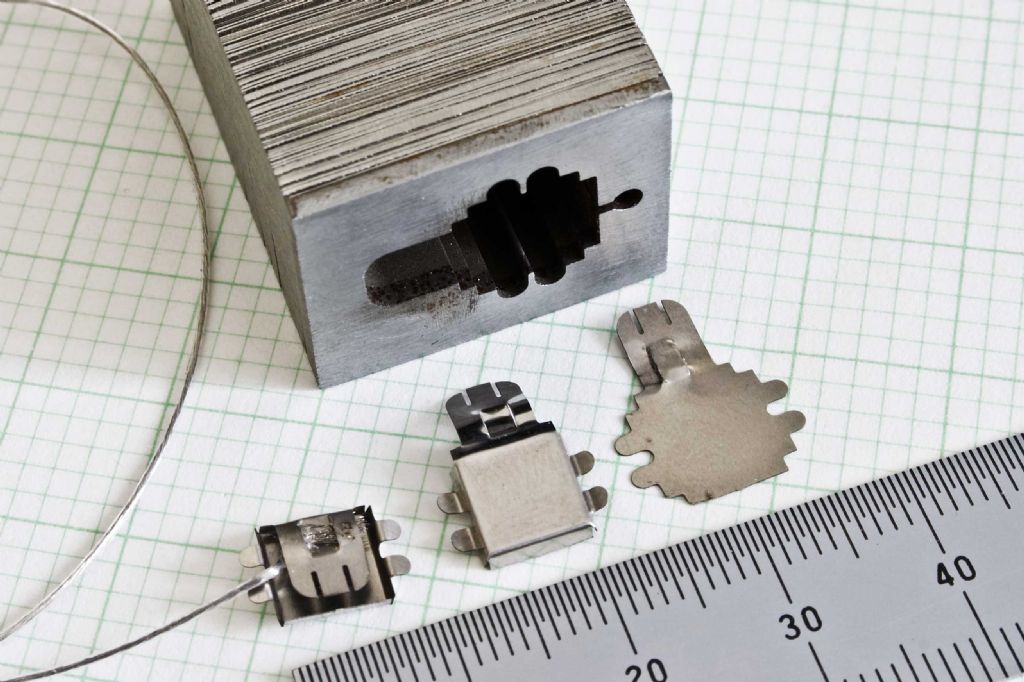Hello all…. This is my first post.
What is getting me in this hobby is not engines per se, though I am going to build one or another one of these days for the grandsons!!
My main interest is audio devices construction, especially the microphones.
The first project I want to tackle, once I learn machining basics, is based on this article here:
Stereo microphoneAs you will see if you read the article, condenser type microphones, or any other types, are very very finicky devilish devices! The details are even more important than the basics!!
Based on this article, and others, I will need for my own designs fabricating machined spacers with very thin ( .001”) brass or stainless steel spacers.
These spacers are simple rings of say .150” rim width, about 1” diameter with some equidistant holes around the rim and .001′ thickness.
How do I go about fabricating these?
Right away, using a punch and die set is a bit out of question since I can not have any burr whatsoever. The parts have to be perfectly flat with sharp edges, unless someone can provide me with a method of deburring the edges, mainly the innard one.
I have considered having these parts made with a laser cutting machine but it adds quite a bit to the cost of the final capsule.
Thanks, Luc
Luc Belanger.







